That’s a riddle in the sense that you can prove both of them. The interesting part is that you can pack each assumption with a lot of evidences. To be honest, each methodology has its own pros and cons. Understanding why to handle each task as a project or as a recurring task is crucial. It allows you to select the correct methodology for handling the task. Then you follow the correct procedures to plan and execute this task. When we follow the correct procedures in handling the task, it is like we follow the correct roadmap. This will take us to the desired results. The first step before we start on the track is to have a destination that we are heading to.
Otherwise, it is like Alice in wonderland when she was asking which road to take? The wise cat replied “Where you want to go?” Alice was not having a destination to go. Then the wise cat made a wise reply “Then, take any road, it doesn’t matter”. The end of the story is that she will gain any result and reach any place whether she wants it or not.
When is Maintenance a recurring job not a project?
That’s when the same task with same output according to the same procedure is executed again and again. Maybe at different times, with different teams but no new detailed planning effort is there. What will be new each time is the coordination effort to match this task with other maintenance or operation jobs. The detailed planning is where you define the details of execution. If you just pick up the task with all its details and place it on the big schedule besides other tasks, then that’s a recurring task.
The project is in the initial activities of setting up the task and preparing all that is needed. The project output is the detail plan. Even you may consider the first time you perform the task as a part of the project because you reflect back all the lessons learned from the first execution to the plan.
The second, third or 10th time you execute the same job that’s now a recurring job. The benefits that we gain from the recurring jobs is the minimum planning activities needed. It merely needs coordination. Risks are known. Contingency plans in place. The team is well aware of task details and the correct shape of the output or completed task is clear to everyone. Even the closing and handing over procedure are tuned to satisfy the end customer. The complete task execution is every time satisfying the stakeholders’ needs.
All those best practices where defined when the task was a project.
Why it is important to exert the project effort for some maintenance tasks?
First we need to understand what is the project effort. Then, we correlate those efforts to where they fit in maintenance.
What is a project?
A project is a temporary endeavor that will generate a unique result. The project is divided into phases. Each phase involves a group of processes. The project phases are initiation, plan, execute, control and then closing. So we shall explain in this article and the coming ones each phase from the project management point of view. Then, we shall see when it is better to apply the project management processes to it or to consider it a recurring job.
Firstly, The initiation phase , What project concepts can add to the maintenance initiation?
It all starts with the need for this project as in maintenance we start by the need for this maintenance task. The key words in the definition of the initiation phase from the PM Guide of the PMI -Project Management institute- are to “define” and to “commit.”:
” The Initiating phase includes the processes performed to define a new project or a new phase of an existing project. Within that, the initial scope and resources are defined and committed. Internal and external stakeholders are identified. If not already assigned, the project manager will be selected. “
PMBOK
Scope is the work that must be performed to deliver a product, service, or result with the specified features and functions.
While Stakeholders are all people or organizations impacted by the project, and documenting relevant information regarding their interests, involvement, and impact on project success.
Those definitions might seem very broad that they won’t fit in the maintenance world. However, the origin of every standard is the actual practices that people do. Then, it was generalized to fit other locations and disciplines.
The project initiation would be beneficial to clarify what we need to initiate a new maintenance task. So, either this task is in the tasks library, with all the needed preparations or it needs a project effort before publishing it.
A maintenance task initiation
The very basic initiation of any task is to document why this task is needed and the requirements from the end product. Think about when you want to initiate a new lubrication task or a filter replacement task for the first time. The need for those tasks comes from the need to ensure a good level of lubricant or the correct flow of fluids through this filter. However, the end product is to secure stable continuous operation of the original equipment.
Scope
Scope of the task varies based on the operating context of the equipment. So for lubrication, it might be a straight forward x-strokes of a lubrication pump with a certain lubricant at a lubrication point. However, the definition part of the initiation process is to to define a number for the x-strokes, a name of the lubricant and the tag of the lubrication point. The commit part includes who will do it and how to record the feedback of the task completion.
While in the other task of filter replacement, the scope might include stopping the liquid passing through the filter either by stopping the process or bypassing the filter. This will imply some safety condition and then after defining the names, numbers, spare filter tag and so on will add the execution team that will prove its commitment to the task through the records. Part of the scope is retrieving normal operation condition.
Stakeholders
Even though the stakeholder label seems to fit the board and the owners, it is actually used in project management to describe anyone or any system that will affect or be affected by this task. And, it focuses on documenting those mutual affections.
As we said this maintenance activity is a project when it is under initiation. However, the recurring job itself all along the timeline is going to affect those stakeholders repeatedly. So, the part of stakeholder management is crucial to be well thought of, planned and documented as early as possible. Moreover it is one of the areas that needs continuous update. Why? Because while the recurring job is constant, the stake holders whether systems or humans might change
From the stakeholders of the maintenance job we can name: the maintenance team, the workshops, the stores, the operators and the production equipment and system under maintenance.
What about Failures? Are they unique endeavors?
One of the confusions between a recurring task and a maintenance task is the failure. Because there is no plan for the failure, it might seem a unique condition. However, many failures occur repeatedly with same action to recover from them. Why the maintenance team did not take an action to eliminate? Sometimes, based on RCM, That’s the plan. A part is allowed to fail as the best maintenance choice after a reliability analysis.. Refer to our reliability lectures and training.
- 3- Reliability made easy – Why Failure prevention is not the main RCM focus?
- Learn More from our Trainings in English: Secrets of building a maintenance program
That’s not an initiative to surrender to sudden failures and just consider them as a recurring job. But, actually, you should make a contingency plan to retrieve normal or acceptable operation conditions as soon as possible amid a failure. When you decide to be well prepared for failure responses, you need to exert project effort and follow project management steps to come up with a response plan even for new sudden failures.
Then, The planning phase,
In the project you need to create individual plans then integrate them in a master one. However, this will be the subject of a coming chat.
In Conclusion,
The pros of converting all the maintenance tasks to recurring jobs is to use less time and effort which equates money. With time, the team becomes familiar to those tasks and might improve them. Starting every maintenance as a project every time is like repeating the wheel invention with every car on the production line. Keep in your mind that some projects might fail. On the other hand, introducing a new maintenance task needs the project efforts to make a complete job. We had covered the initiation activities from the project management and maintenance points of view. Later, we shall cover other project and maintenance phases progressively.
If you feel you need help with any of these ideas we discussed, request a Management Consultancy or Coaching Services From our Store



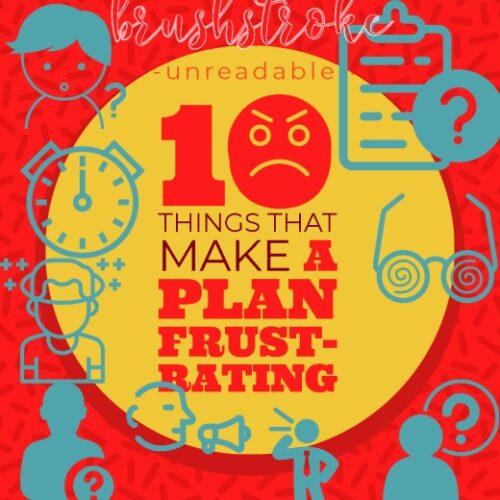

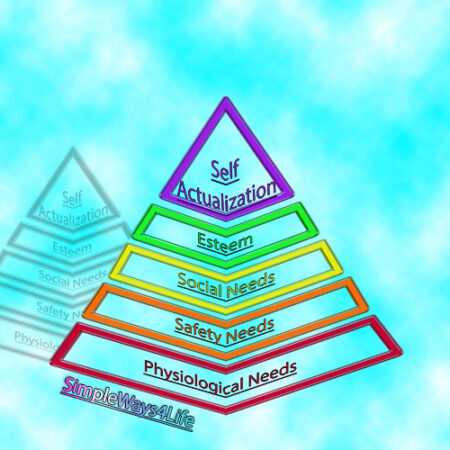
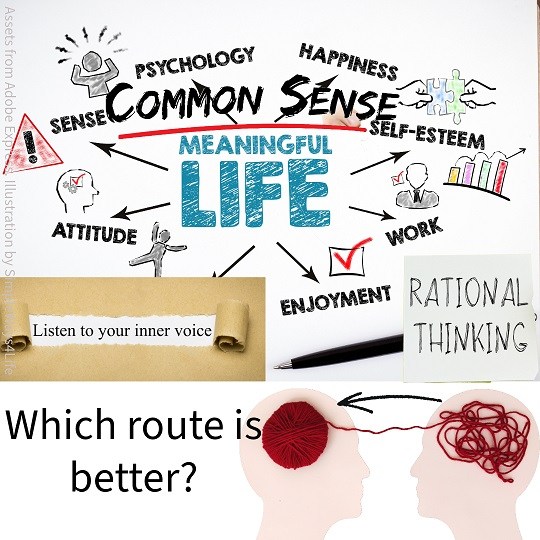
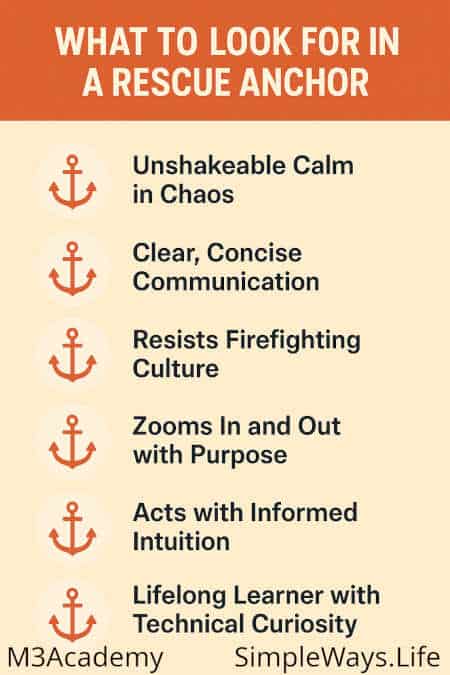
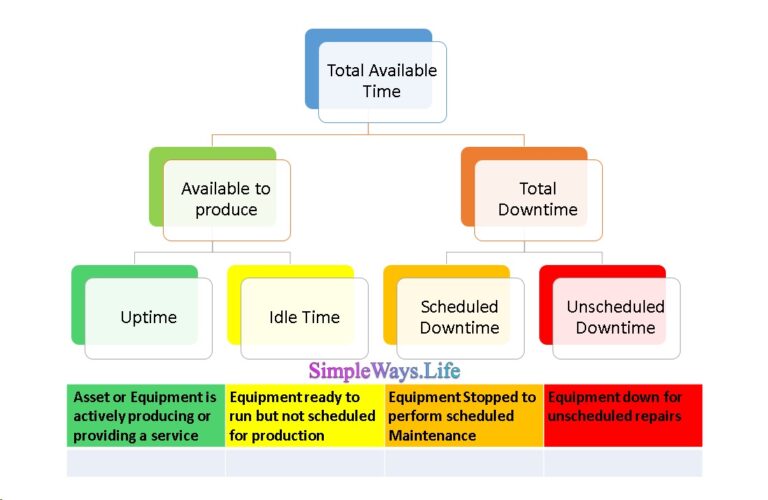
3 Comments